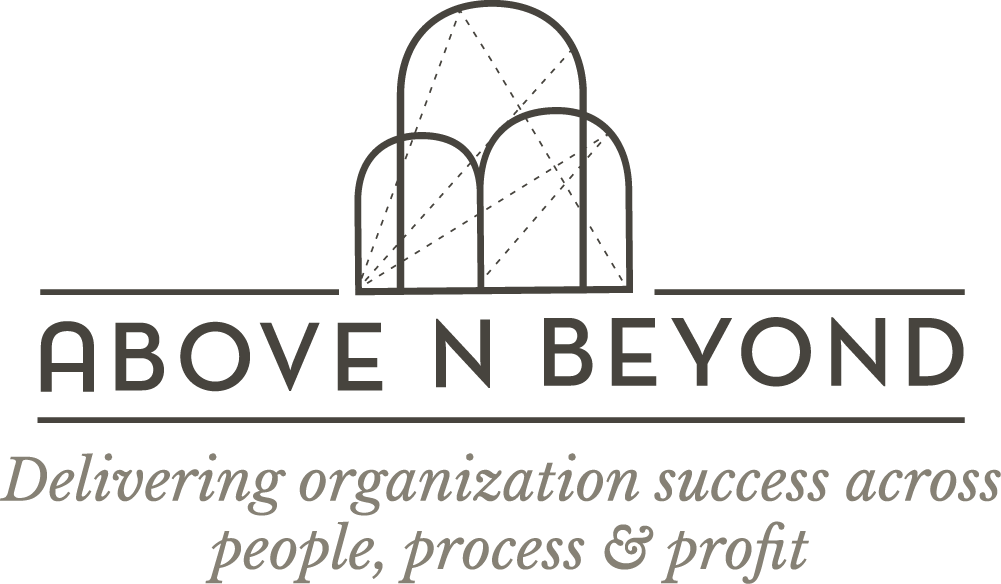
Set Up your Customers for Success with these Building Blocks
Our team member Subba has been working with a SaaS-based Human Resource platform to help align their own people practice to global standards. This blog is a summary of a quick chat with Subba regarding the art and science of managing people in an evolving workplace.
“The customer is always right.” How many times have you seen and heard this line? From the walls of small stores to those of large companies, this cliche has stuck around forever. Is it an absolute law unto itself, though?
We disagree. While the customer is possibly the most crucial aspect of your growth journey as an organization, remember that you have to be able to play the role of a partner to set the customer up for success. A key aspect to keep in mind is customer ‘success’. To make the customer successful, challenge them on their thought process, contradict them to do the right things, nudge them to achieve their outcomes, in the short and long run. Being a ‘yes’ person does not help the customer succeed. It is putting yourself in that situation and working through and with them by questioning and aligning that works out for them over the long run. On occasions like these, it is the responsibility of all people working with the customer (customer success, account managers, delivery leaders, etc) to guide the customers, instead of simply acquiescing to what they have requested.
However, this is easier said than done. Conditioning maybe. In our experience, there are some key aspects to look out for and this is only one stepping-stone along the path to customer success. There are many more. Let’s look at a few:
- Behaviour traits of customer success personnel
- An outside-in approach
- Key sponsorship engagement
- Building customer eccentricity
Behaviour traits of customer success personnel
Certain behaviour traits are inherent to good customer success representatives. Being naturally empathetic makes it easier to build a connection, to imagine being in their customer’s shoes, and see the situation with more clarity. This clarity then feeds into the second trait, a solution mindset, which helps them come up with a viable solution for their customer’s problems.
B2B as well as B2C relationships are built on the foundation of trust along with a long term commitment to each other’s success. As a consultant, you may be expected to pitch-in with short-term fixes, roll up your sleeves and jump in. But your role extends beyond that. When the crisis is over, you must turn your lens and the customer’s attention to long-term solutions and managing a long-term relationship with their industry or market.
From a team and organizational perspective, it is important to define the organization culture at the outset. The culture of an organization is defined by what the organization treats as important. If the organization is focused solely on finance and quick results, there is a chance customer-centricity may suffer, and chances of building a long-term relationship with paying customers to go down the hatch. As a result, sales will flounder after a point. A customer success representative must be able to point out the riskiness of this approach and outline strategies for long-term business viability.
An outside-in approach
You can keep drinking your own Kool-aid; in other words, keep enhancing and creating versions of the product that YOU think is perfect without taking into consideration the customer and their inputs. You can spend years on it without really launching. This is not the right approach, though it is surprisingly common.
We, as an organization, strongly believe in an “outside-in” approach. Focusing externally gives us a better understanding of customer requirements. It lets us build a Minimum Viable Product (MVP), i.e. the most pared-down version of a product that can be brought to market to deliver value to customers.
The way we go about it– the outside-in approach– is more productive and impacting. We create an MVP, test the product with real customers, and keep enhancing that product while building the customer’s brand.
Key sponsorship engagement
This pertains more to strong leadership and leading by example while establishing a culture of customer-centricity and customer success in the organization. Key sponsorship engagement is very important, as influential individuals from your organization are actively connecting with the key decision-makers in your client organization.
Connecting is a good way to showcase to the customer that they are essential and that you care. This also gives the CEO an insight into the customer strategy and an opportunity to share their story.
In these trying times brought upon us by the Covid-19 pandemic, the traditional ways of meeting stakeholders in-person to build and maintain a relationship have completely fallen through. Despite that, the challenge of capturing the mind space of customers and building meaningful connections is something all customer success managers have to overcome.
Building customer-centricity across small and large enterprises
Customer centricity is a fine value to have, but it has to be implemented across functions and built into processes to make it real. Building and maintaining a customer-centric organization is equally tricky for start-ups as well as large, established organizations, though the individual challenges may differ.
One thing that we swear by is a targeted outside-in approach involving the tried and tested SWOT analysis methodology to draft strategies that are highly granular and bespoke. Being on the lookout for better opportunities and deals for your customer is an essential element in building customer-centricity.
Given the size of large organizations, it takes a lot of sustained effort to build this culture if it is not already part of their value system.
With start-ups, the small size and agility are a definite plus. However, it is crucial to show leadership focus and commitment in designing and implementing the structure and systems that will build customer-centricity as the business grows.
We leave you with these three tips for people and firms looking to build a customer-centric culture that delivers:
-
- Ensure that a customer-centric approach is the top mandate of all your functions internally, a way to live by. Ensure that customer-centricity is not just a tag line, but each of the functions is truly making it a part of the day-to-day business operations. Ask yourself how much trust you have built within your market, and how much confidence your customer has in you. What sort of institutional behaviour do you encourage? Is it serving the above purpose? What are your main drivers, financial targets or bringing value to customers? On what basis do you measure your executives’ performance?
- Map your customer journey, identify the touchpoints and ensure each of the touchpoints are delivering the required impact.
- Capture the voice of the customer and ensure that your teams are listening and keeping that as the true north.
To read more about this mutually fruitful and fulfilling partnership, please take a look at our case study.
